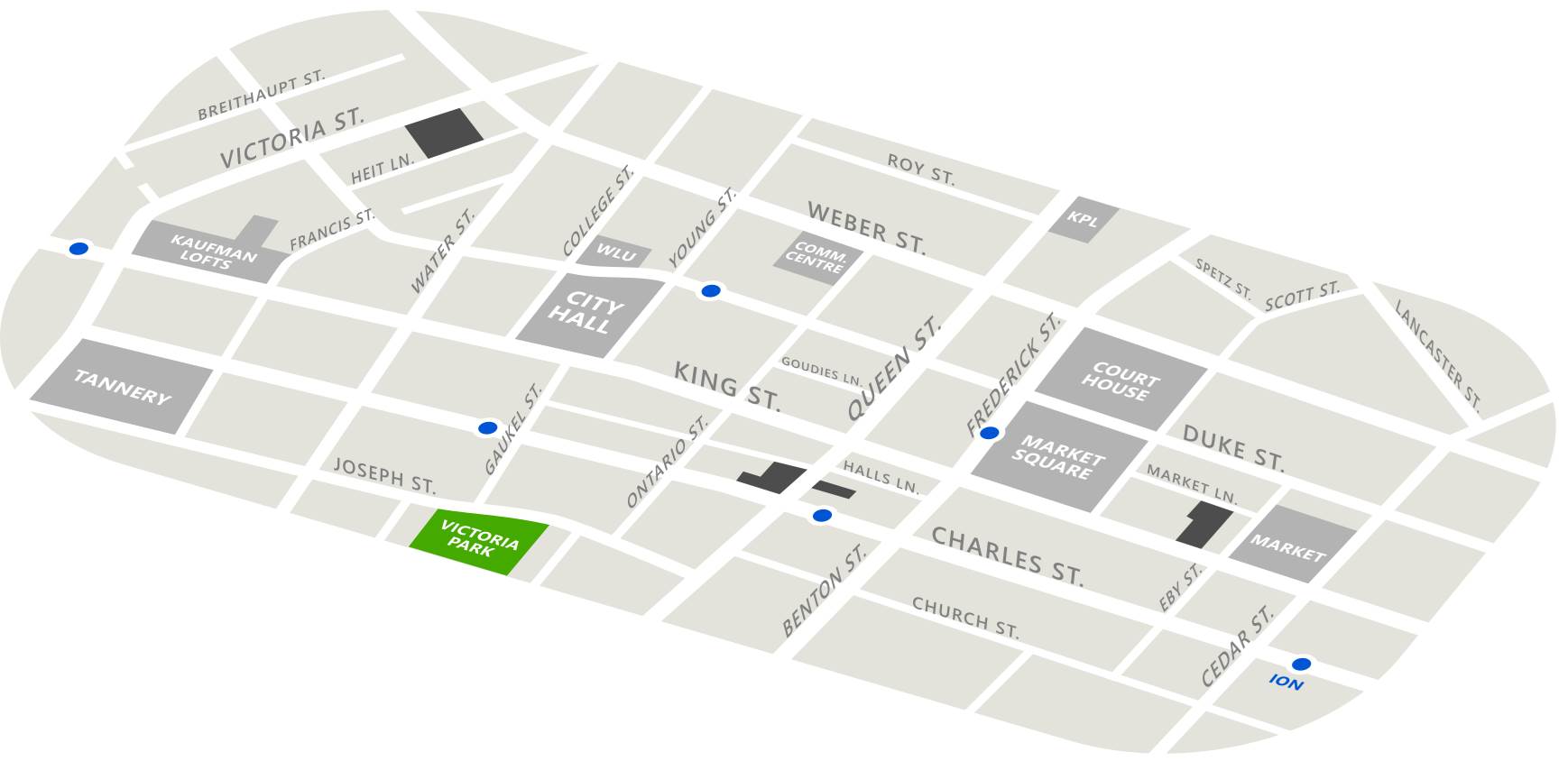By Sherrie Grise
Published March 1995
Chief Seattle is said to have remarked that “Man did not weave the web of life, his is only a strand in it.” I like to think of myself within this web, with strands stretching far into the past to the beginning of life on earth, other strands stretching far into the future, and still more strands connecting me to my earth and the people around me now. I feel happy within these-connections to past, present and future and I want to live my life in a way that honours and strengthens these ties. Food is very important in the web of life and our choices about what we grow and eat have a large impact on it. Changes in the way we eat have begun to weaken the strands and are now a threat to the web itself.
Diversity of life is what ensures the survival of life and it has taken millions of years to develop. There are 30,000 types of rice, 80,000 types of wheat, and 10,000 types of apples. Genes are “the fragile spiral thread linking tenuous lineage between past and future” and are what is responsible for such diversity. Since life began, the natural cross breeding of different species has progressed slowly and each generation has been tested anew in a changing environment. Only some combinations survive this test.
About 12,000 years ago humans began to cultivate plants and, since then, we have added our need for certain plant characteristics to the evolutionary need for diversity. This too has been a slow process where growers saved the seeds from the healthiest and best producing plants to sow next year. Some seeds were handed down for generations this way.
Over the last 200 years in North America seeds have come to be viewed as a profitable commodity and big companies like Shell now own seed companies. (Coincidentally, petrochemicals are used for fertilizers and in chemical sprays).( ) Technology has enabled people to speed up evolution so that what used to change in seven or eight generations can now be changed in two: The problems with these hybrid seeds are numerous. Firstly, they do not reproduce true to form so growers must buy new seeds every year. Secondly, they have been bred for large monoculture farm businesses and therefore bred to have non-organic fertilizers and chemicals applied, to produce homogeneously for mechanical harvesting and transport, and to look good in the stores.
These changes have serious repercussions for the web of life. The diversity that has enabled life to continue through the ice ages and other major environmental changes is now being threatened as people grow more and more of the same type of food. There are 30,000 to 80,000 types of edible plants and we rely on only 20 for 90% of our food. As well, by growing mass-produced seeds we are making our crops increasingly vulnerable to plant diseases and pestilences.
The strands of the web are stretched to the breaking point because we are losing the knowledge and seeds of our ancestors and the diversity of life that has taken millions of years to develop. To future generations we are leaving a legacy of institution-dependent farming and a world polluted with agro toxins. At present we ignore the pleas of struggling local growers and buy food that was grown by strangers in another country and shipped long distances to our local supermarkets.
The problems seem overwhelming, but Brewster Kneen, author of From Land to Mouth, The Rape of Canola and food systems activist, said at a recent talk in Waterloo, that he sees much to be joyful about. Firstly, he believes that recent publications of the big seed conglomerates and biotechnology companies are trying to convince people that they are harmless. Kneen sees this as a defensive reaction to growing popular dissent. As well he said that wherever he goes he sees small groups sprouting up in opposition to the food mega-business. These groups he likens to the open pollinated seeds that our ancestors used year after year and passed on to their children. The food industry he likens to the hybrid seeds which cannot reproduce themselves past the first generation.
Life has survived because of the diversity of the strands within the web. May these small diverse groups outlive the commodity-oriented food business and transform growing and eating back into something that strengthens the web of life in which we live.
Sherrie spends her time looking after children, doing pottery, creating jewelry & getting ready for her garden.
